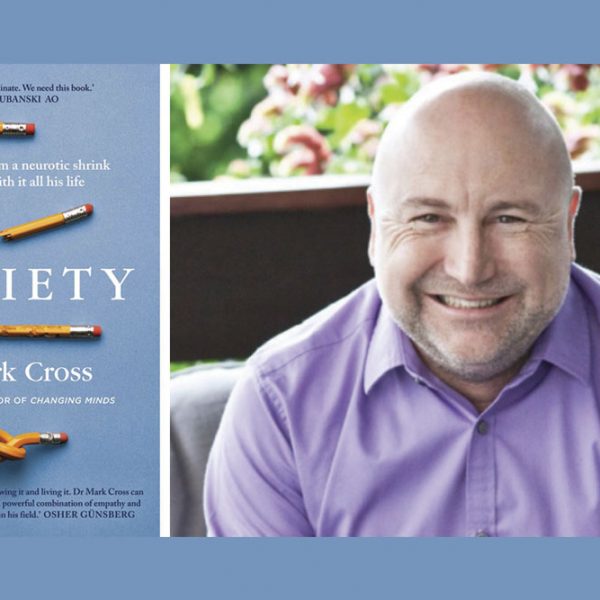Creating Safety for Employees to Really Talk
Background.
This case study relates to my work with a small pharmaceutical company completed recently. I had been invited to facilitate a full day session with a group that included the MD, the Sales Management Team of seven who reported to him, and a Sales Representatives team of about thirty who reported to them. The MD, via his Sales Trainer who was part of the Sales Management Team, had requested a session where the whole group could debrief the Sales Strategy that had been in place for three months. In fact, the whole Sales Team had been newly recruited in that period, and all the Sales Representatives were still on probation, a fact that will have significance in the account to follow.
The approach we recommended.
On the evening before the meeting, based on feedback via pre-session phone call, I called an impromptu meeting with the MD and the Sales Trainer. I then proposed that the session agenda be adjusted to include a separate session for the Sales Representatives to talk about their concerns with the Sales Strategy. I suggested that the Representatives needed time to explore their concerns with the Sales Strategy without management in the room. Following such a session, I proposed that I present the Representative views to the combined group. In this way individual Representatives could remain anonymous, but their combined voice could be heard. The MD and the Sales Trainer were shocked and disappointed that the Representatives did not feel safe to explore their concerns with the strategy in the wider group. They had assumed that their culture was sufficiently open and safe to make such processes unnecessary. They, perhaps predictably, felt quite free to speak, and a Mindell described, their rank may have been at work to make them unaware of the privilege of safe disclosure they enjoyed. They did however agree to the change in agenda.
Delivery, with its challenges.
The session itself presented a new challenge. Shortly after explaining to the whole group the agenda, one of the older and relatively experienced Representatives expressed his indignation that a separate session for the Representatives would be held. Obviously, he was not one I had interviewed on the previous evening. He felt that such an approach was unnecessary, and if it were so, it was an indictment on the company culture. He challenged me to alter the agenda and keep the whole group together. Rather than facilitate a whole group discussion on this proposal, I explained that some Representatives may feel differently, and I requested his support for the agenda as it had been proposed. He agreed. Shortly afterwards the separate session began, and within 15 minutes, he had apologised to his fellow Representatives. He had realised that many of them not only had profound concerns with the current sales strategy, but also had sensible reasons to be wary of speaking freely in the whole group.
The whole group meeting began with me providing a summary of the concerns the Representatives had shared with me about the current sales strategy. The Representatives agreed my summary was accurate. The whole group then agreed to work on a key issue in relation to the strategy. We identified roles in relation to the issue, and I imitated the author Mindell by standing in different parts of the space in the middle of the room to anchor the three important roles, or view points, in relation to the issue. I invited those in the room to come and speak from any role to the issue. Both management and Representatives joined in and voiced the various roles. At my encouragement, they moved from one role to another, voicing them, as they felt moved. The group enjoyed an energetic, at times vulnerable, and very engaging discussion. After about 30 minutes of the roles being voiced, and new roles being identified and expressed, we paused for a rest. We then returned and I facilitated a rather more linear session on what actions should be done now to address the issue. Many ideas were generated that enjoyed strong consensus within the group. A plan was formulated.
What the client had to say.
Following the meeting, I arranged for a third party to retrieve feedback from a number of meeting participants. The following are some comments taken from that feedback. The first three are from Representatives, the final from a member of the Sales Management team.
“The main thing was that there was a safe environment created – Paul created this by using roles/voices and enabling us to speak our opinions but almost as a third party. It was very enjoyable. At one stage he even asked the managers to step out of the room. We really wouldn’t have been able to achieve the outcomes we did without this change to the agenda.”
“A gutsy move from the company to organise a meeting like this. The standout for me was how Paul made it comfortable for us to say what we felt. He was able to pull our side and the management side together seamlessly. I was surprised under the circumstances given the emotion that surrounds this issue. I was also surprised that there were no major “eruptions” from participants and it was controlled very well.”
“(We were) given a platform to express exactly how we felt. This helped us achieve the objective of providing feedback on the sales strategy implementation. I was fearful at the start that if I opened up I would lose my job but because Paul provided such a safe environment I was able to open up and tell it how I saw it.”
“I enjoyed the session where we had two or three roles speaking in the room. It was really robust and useful. I was happy to put forward my viewpoints, and the meeting provided that opportunity. Paul allowed the Reps to talk, without scapegoating the management team. So while that may have been a bit edgy, I think it was a good thing.”
These comments are indicative of the broader feedback received and support the notion that via the facilitation, a ‘safe’ place had been created where the marginalised views could find expression and a potential power imbalance had been avoided. A plan that enjoyed strong buy-in right across the group had been developed.


